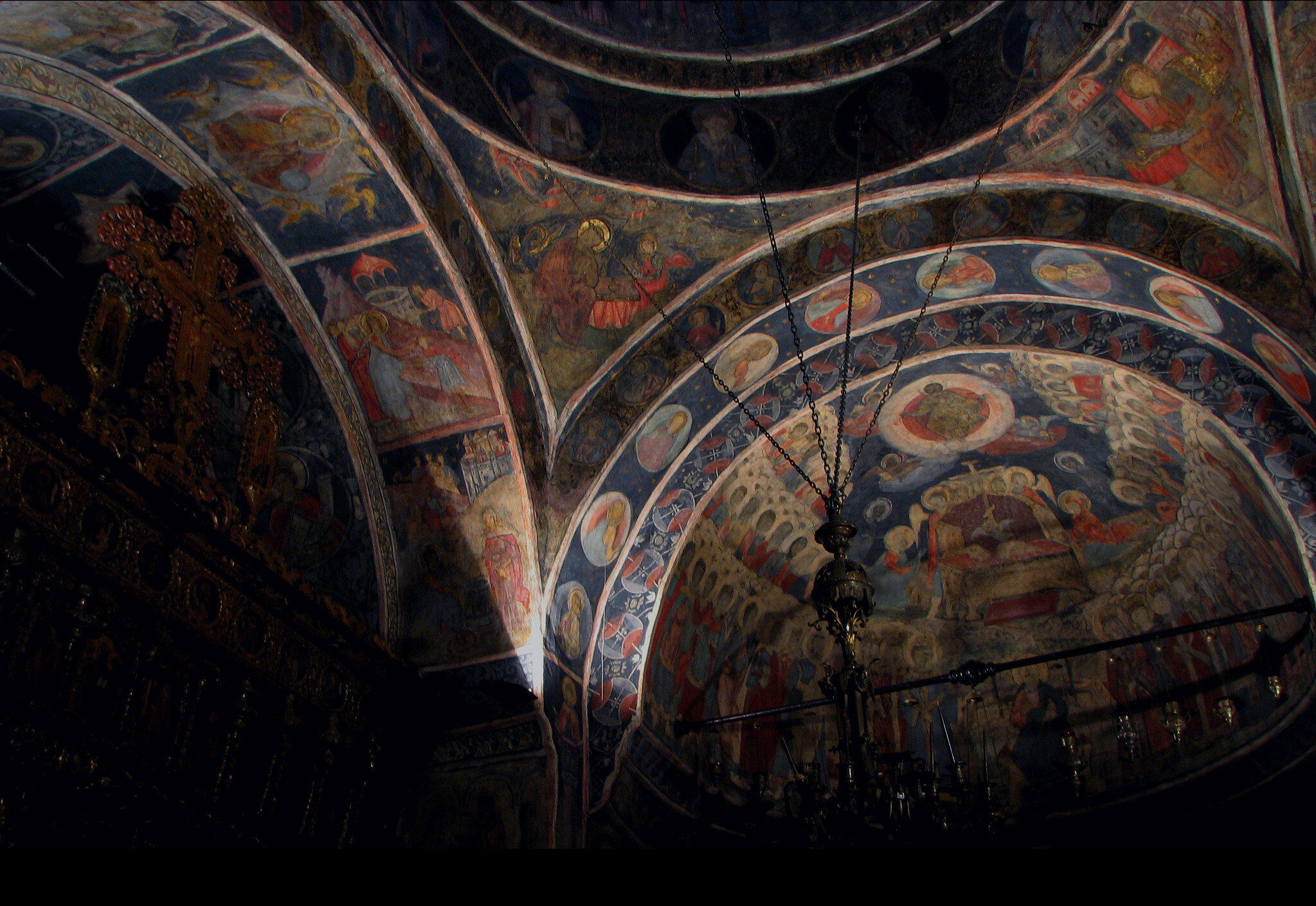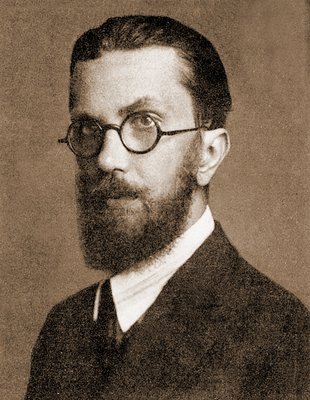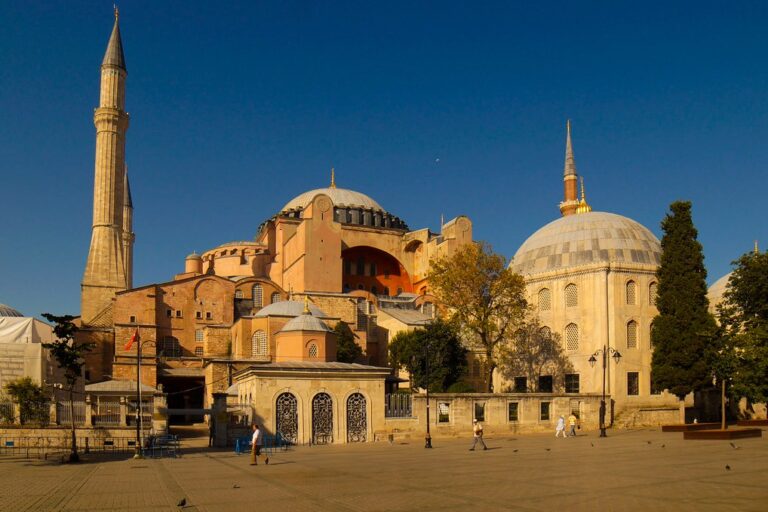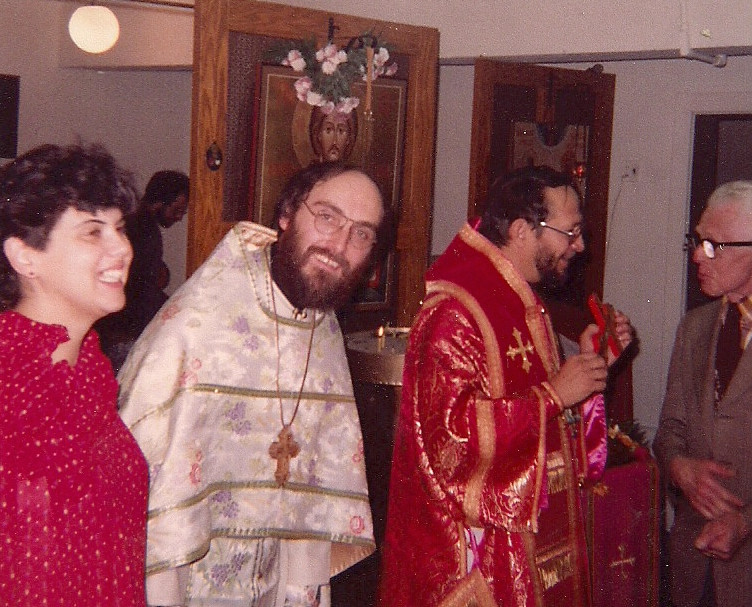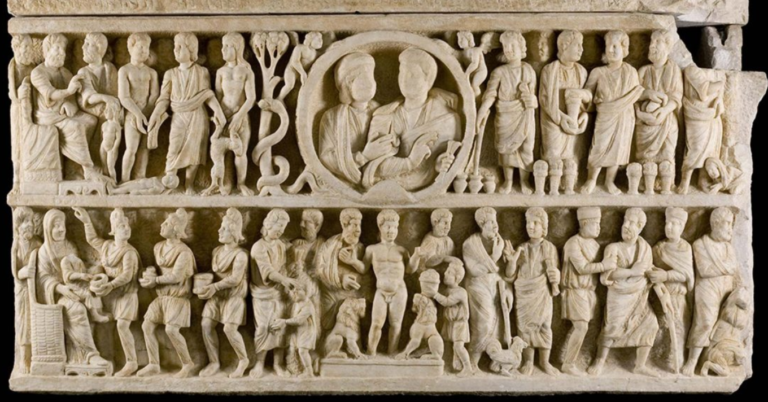
Two Fourth-Century Sarcophagi Misinterpreted Christological, Not Trinitarian
The Thesis The question is whether or not the Catholic worldview—as it relates to anthropomorphic images of God, God the Father, the Holy Spirit and the Trinity—influenced the discoverers of the sarcophagi studied here—the Dogmatic Sarcophagus and the Sarcophagus of…

